Basic Concept
An API electric globe valve refers to an electrically operated globe valve that complies with the standards of the American Petroleum Institute (API). It is primarily used in pipeline systems within industries such as oil, natural gas, and chemical processing to shut off or regulate fluid flow.
Main Standards
API 600 – Bolted Bonnet Steel Gate Valves for Petroleum and Natural Gas Industries
API 602 – Compact Steel Gate, Globe, and Check Valves for Petroleum and Natural Gas Industries
API 623 – Steel Globe and Lift Check Valves
API 6D – Pipeline Valve Specifications
Structural Features
Valve Design:
Typically angular or straight-through structure
Body-to-bonnet connection methods: bolted, pressure-sealed, or welded
Complies with API wall thickness requirements
Seat & Disc:
Metal-seated (hard seal) or soft-seated design
Replaceable seat construction
Conical or flat disc
Electric Actuator:
Multi-turn electric actuator
Protection rating typically IP67 or higher
Equipped with manual override
Material Selection
Body Materials:
Carbon steel (A216 WCB)
Stainless steel (A351 CF8/CF8M)
Alloy steel (A217 WC6/WC9)
Duplex stainless steel
Trim Materials:
13Cr, 17-4PH, Stellite 6, 316, etc.
Electric Actuator Features
Motor Type:
Three-phase or single-phase AC motor
Explosion-proof (Ex d, Ex e, etc.)
Control Modes:
On/Off (open/close control)
Modulating (4-20mA signal control)
Fieldbus communication (e.g., PROFIBUS, Modbus)
Protection Functions:
Torque overload protection
Overheat protection
Electrical protection
Applications
Oil & gas extraction and transportation
Refineries and chemical plants
Power plants (especially thermal power)
Long-distance pipeline systems
LNG (liquefied natural gas) facilities
Selection Considerations
Medium characteristics (corrosiveness, viscosity, solids content)
Operating pressure and temperature
Flow requirements
Frequency of operation
Environmental conditions (explosion-proof, protection rating)
Control requirements (on/off or modulating)
Maintenance Guidelines
Regularly inspect sealing performance
Keep the electric actuator clean and dry
Lubricate moving parts periodically
Check electrical connection reliability
Test valve operation regularly

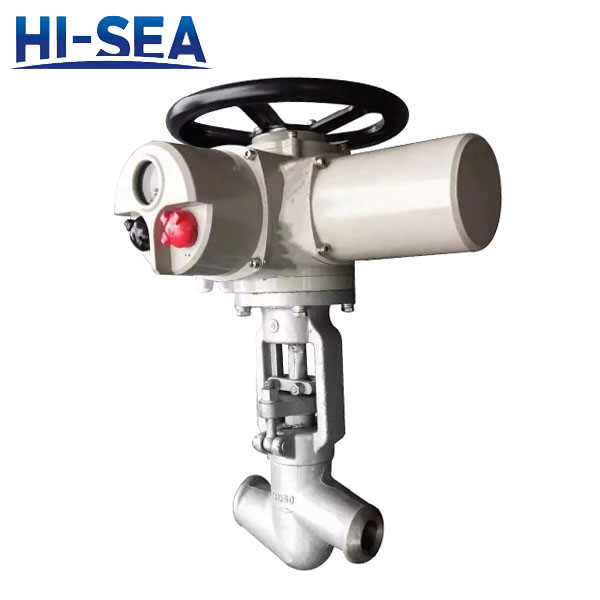

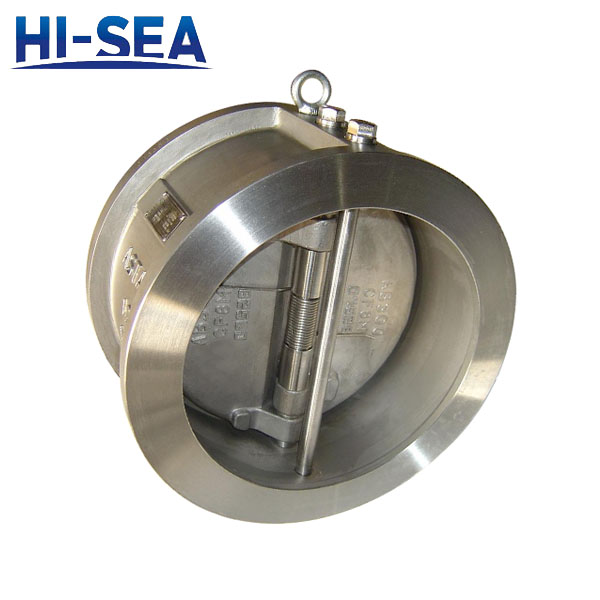
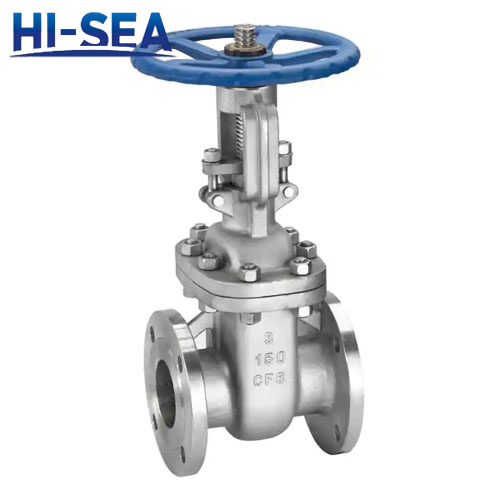
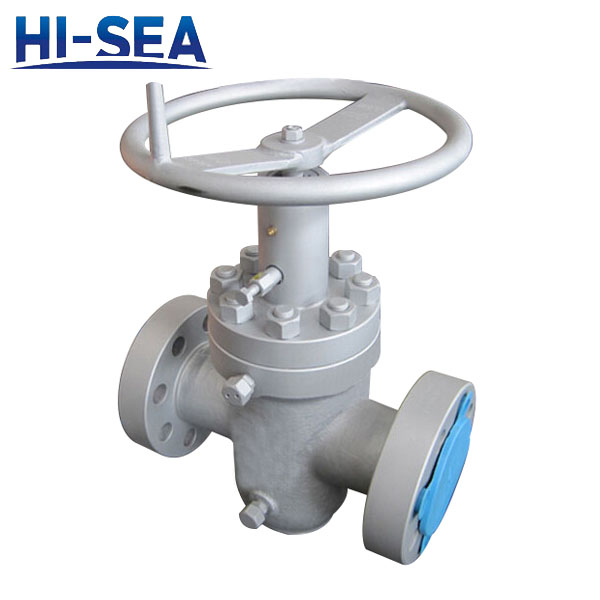
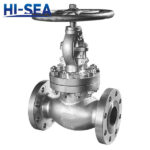 Main Material of API Valve
Main Material of API Valve What is the difference between a rising stem gate valve and a non rising stem gate valve?
What is the difference between a rising stem gate valve and a non rising stem gate valve?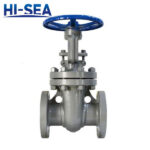 API Valve Fire Test
API Valve Fire Test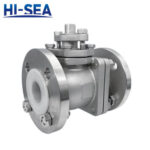 What is the difference between PTFE and RPTFE?
What is the difference between PTFE and RPTFE?